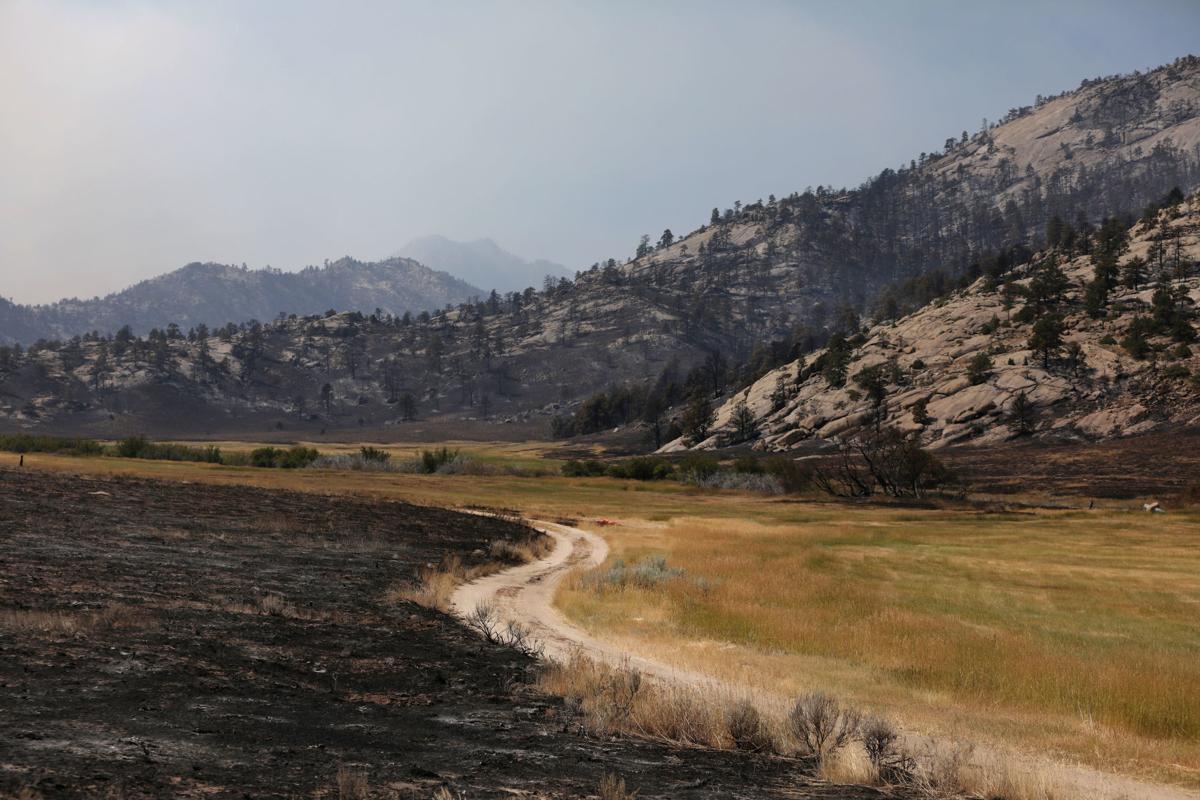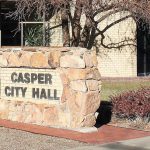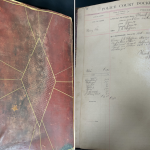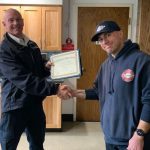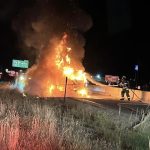Wyoming’s wildfire seasons are worsening.
This year won’t likely be similar to 2012, when more than half a million acres burned, but looking at the trend, each year is poised to be potentially worse than the last.
“Not just in Wyoming, but across the Intermountain West, we will see more fires, larger fires and probably more severe fires,” said Bill Crapser, Wyoming’s state forester.
This year’s initial outlook was for an average fire season – at least average compared to the last 10-15 years – but Crapser said looking at dry conditions across the state, it will likely be on the “high side of normal.”
Reasons for the increase in fires – and fire size and heat – vary depending on the location. A century of forest management or lack of management influences some areas. Hotter, longer, drier summers fuel blazes nearly everywhere. More people living and recreating in fire-prone areas have also contributed.
But one of the most often overlooked reasons for large, intense fires are invasive species like cheatgrass.
While popular culture most often portrays wildfires as a forest issue – flames ripping across treetops, consuming valuable timber and threatening homes – in much of the West, fires are more often a prairie problem.
This year’s fire season has already begun, with a recent prairie fire in Johnson County that surpassed 11,000 acres. Fire specialists are increasingly aware of range fires and their potentially permanent damage to the landscape. While it’s a situation that can, at times, sound hopeless, experts are working across jurisdictional lines to find solutions.
Before launching into the importance of sagebrush communities across the West, a brief history lesson of prairie fires.
Historically, fires burned through sagebrush ecosystems in higher, wetter elevations every several decades, said Michele Crist, a landscape ecologist with the Bureau of Land Management’s Fire and Aviation Program at the National Interagency Fire Center in a recent presentation on fires in sagebrush country. In lower, drier elevations, a fire might roll through every century.
But now, fires in lower elevations burn every seven to 15 years.
“The result is high rates of conversion of sagebrush to nonnative annual grasslands that continue to spread across these landscapes creating frequent fire in a positive feedback loop,” Crist said.
The main culprit has been nonnative grasses like cheatgrass. Cheatgrass, found in the U.S. in the 1800s, sprouts in the fall instead of the spring like native grasses, which means when snow cover melts, cheatgrass is growing. Because it sprouts so early, it essentially “cheats,” stealing nutrients from native grasses.

